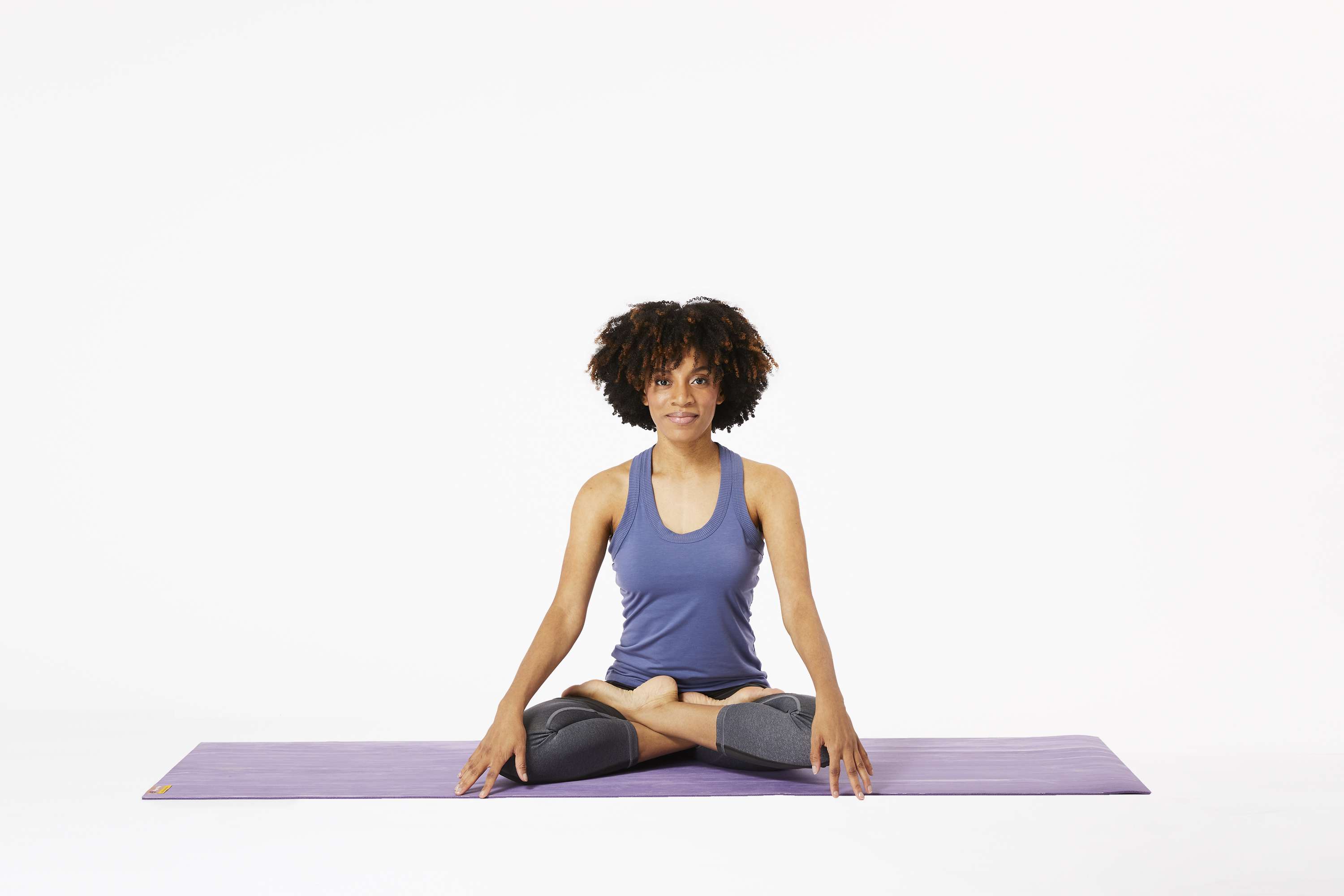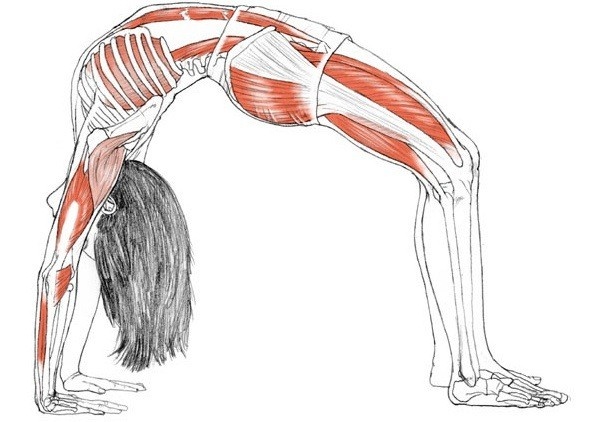
There are many warm-up yoga poses that can be used depending on who is doing it. The child pose is a common pose in yoga. It is beneficial for blood circulation and stress relief. The standing quad stretch and the cat/cow stretch are other yoga poses. These poses can help you prepare for your yoga class and relax after a long day of work.
Cobra Pose
Cobra Pose can be used to warm up your body for yoga. This is a reclining back-bending yoga pose that can be performed in the Surya Namaskar cycle. This is an alternative to Urdhva Mukha Svanasana.
To perform Cobra Pose properly, you must align your body properly. Your body should be bent at your hips, buttocks and low back. Your legs should extend to hip width. Place your hands underneath your shoulder blades. Then, lift your head and upper body through your hands.
Hero Pose
Start by reaching towards the ground and stretching your arms to warm up for yoga. Your fingertips should be bent and your shoulder joints should be open. Repeat this several times. You should be capable of touching your toes, knees and shins in this pose.

The purpose of yoga warm up poses is to prepare your body for the rest of the session. They are good for strengthening the core and spinal area, as well as helping you to focus your thoughts.
Stretch for cat/cow
A cat/cow stretch is a great way to open the spine without making it tense up or uncomfortable. The practitioner must bend their knees, keep their shoulders open and maintain a neutral spine. The spine should be aligned between the crown of the skull and the tailbone. In this yoga warm-up, the practitioner should begin in tabletop pose, and then exhale into the cow position. On the exhalation the head should be lower, and the body should bow.
The Cat/Cow Stretch starts by lowering your hips towards the floor while arching the spine. The second half involves rolling the shoulders towards your heart and tucking you chin. This pose should be held for two or three breaths.
Standing quad stretch pose
The yoga warm-up pose of the standing quad stretch, which is a quad stretch, can lengthen quadriceps. These stretches also help minimize the effects of post-workout soreness. It is recommended that you do this pose with the supervision of a Yoga instructor.
This pose should be performed supported by a wall, preferably one that is solid. The support of a wall is important for this pose. One leg should be at its base, while the other should be in a squat position. The front leg should push your hips and torso towards the wall. This should allow you to stretch your quadriceps. When your front leg is pushing your hips and trunk toward the walls, activate the foot and ankle of that leg that is stretching. It is important to lengthen the spine, and resist moving your pelvis toward wall. Your back may also be supported by the stretch of the muscles in your legs.

Mountain pose
Mountain Pose is one of the easiest yoga warm-ups. It's great for strengthening the lower back and shoulders. It aids in balance. In this pose, you should keep your eyes closed and align your feet. To achieve the optimal effect, try to keep your heels slightly behind your toes, and don't let them come too far out.
Tadasana, also known as the mountain pose, is also called this. This pose promotes balance, strengthens the inner thighs, and helps stretch the hamstrings. It is also useful for relieving sciatica and can help strengthen the feet. The mountain pose should be done correctly by standing straight up and making sure your feet are equal width. You should also make sure your feet are positioned slightly apart.
FAQ
Where can I find a qualified yoga teacher?
There are many qualified yoga teachers available in your community. If you are not able to find a local yoga studio, search online. Online registration is also an option.
Can I take classes together?
This will depend on the class. Some teachers only offer private lessons. Others offer classes for students who want to meet others in the class.
Some studios offer small groups, called "classes inside a class", where you will be paired with someone who shares your interests and has the same goals.
How long does it take for you to learn yoga?
As with all skills, you need to train your brain so that you can do yoga correctly. But once you've learned basic positions, you'll be able to practice yoga at home without much trouble.
Warm ups should take between 20-30 mins to get you started. After that, take 5-10 minutes to warm up and do some simple stretches. Then, move on to more challenging poses.
Once you have mastered the basics you can move on into intermediate classes. Here you'll learn advanced moves. For instance, if you're just beginning yoga, you might start by learning standing poses like the Tree and Mountain (Vrksasana), respectively.
Statistics
- According to calorie estimates calculated at Harvard Medical School, the average 125-pound person burns about 120 calories in a half hour of hatha yoga, and a 185-pound person burns about 178 calories in that half hour. (everydayhealth.com)
- Lock in 25% off your Founding Member rate. (corepoweryoga.com)
- The people in the yoga group were 37 percent more likely to have quit smoking by the end of the 8-week program. (nccih.nih.gov)
- A 2020 review of 27 studies (1,805 total participants) of yoga interventions in children or adolescents found reductions in anxiety or depression in 70 percent of the studies, with more promising results for anxiety. (nccih.nih.gov)
- The American Psychological Association recently shared that 84% of American adults feel the impact of prolonged stress (5). (healthline.com)
External Links
How To
What is your ideal position for practicing yoga?
There's no right or wrong way to practice yoga. Every person has their own style. It is enough to find the position that feels most comfortable for you.
Here are some common poses:
For beginners, standing poses are a good choice because you can see your body from various angles. These poses make it easier for you to focus on your breath.
Forward bends – Forward bends can be used to loosen tight areas in the body. Try them while sitting or lying down.
Backbends – Backbends are considered to be advanced poses. Instructors can help you decide if this is a pose you would like to try.
Inversions - Inversions are poses that require you to balance yourself upside down. This is a challenging but rewarding type of yoga.